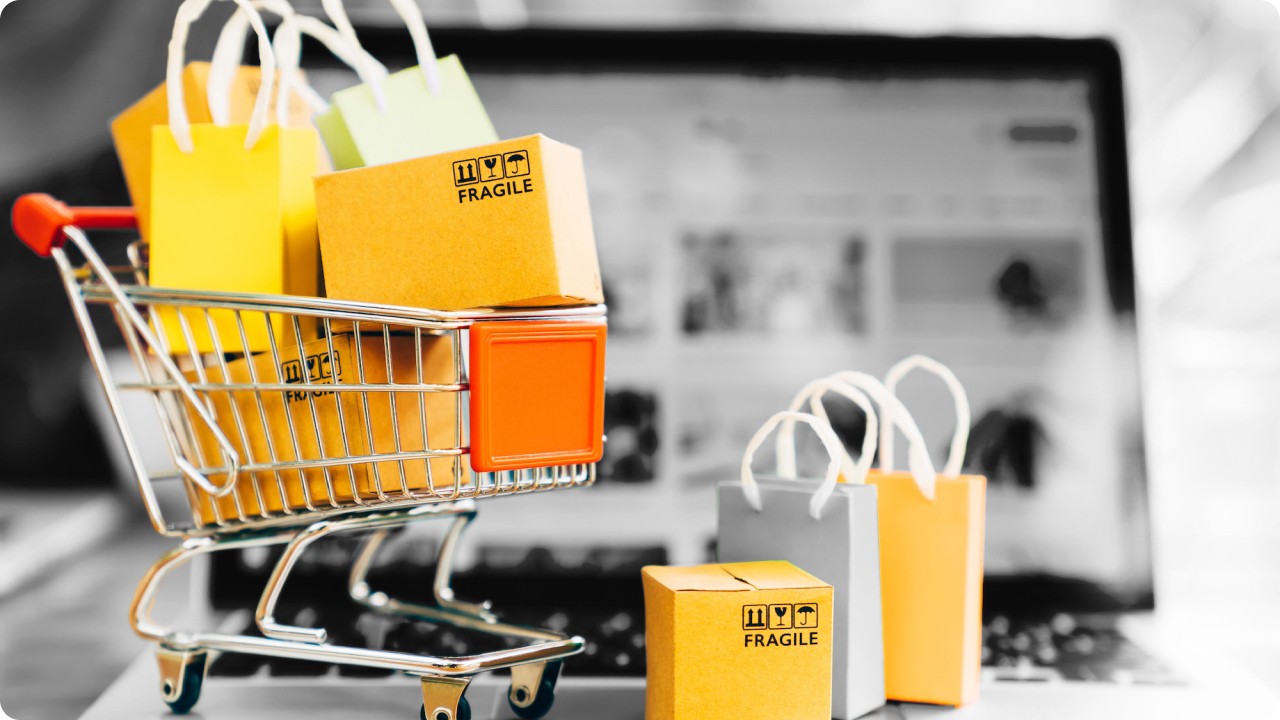In the fast-paced world of e-commerce, personalization has emerged as a critical factor in enhancing customer experience and driving sales. One of the most effective tools for achieving this is dynamic content, which tailors website elements based on user behavior, preferences, and demographics. By leveraging dynamic content, e-commerce businesses can create personalized shopping experiences that resonate with individual customers. Here’s how dynamic content plays a vital role in e-commerce personalization.

1. Understanding Dynamic Content
Dynamic content refers to web content that changes based on user interactions and data. Unlike static content, which remains the same for all users, dynamic content adapts to individual user profiles, behaviors, and preferences in real time. This can include personalized product recommendations, targeted offers, and customized messaging.
2. Enhanced User Experience
Dynamic content significantly improves the user experience by providing relevant information that meets customers’ needs. Here’s how:
- Personalized Product Recommendations: By analyzing user behavior and preferences, e-commerce sites can display product recommendations tailored to each customer. For example, a customer who frequently purchases athletic gear might see personalized suggestions for new arrivals in sports apparel.
- Targeted Messaging: Dynamic content enables brands to customize messaging based on users’ past interactions. For instance, a returning customer might see a message like, “Welcome back! Check out what’s new since your last visit!” This creates a more engaging and relevant experience.
3. Increased Conversion Rates
Personalization through dynamic content can lead to higher conversion rates. When customers see content tailored to their interests and behaviors, they are more likely to make a purchase. Here are some strategies:
- Abandoned Cart Reminders: Implement dynamic content to send personalized emails reminding customers of items left in their carts. Including images and specific product details can encourage customers to return and complete their purchase.
- Time-Sensitive Offers: Use dynamic content to display limited-time promotions based on user behavior. For example, if a customer frequently browses a particular category, you can show them a discount on those items, creating a sense of urgency.
4. Improved Customer Retention
Dynamic content helps build stronger relationships with customers, leading to improved retention rates. By providing a personalized shopping experience, you foster loyalty and encourage repeat business:
- Loyalty Program Promotions: Tailor loyalty program messages to individual customers, highlighting rewards they can earn based on their purchase history. For instance, if a customer is close to reaching a reward tier, show them how to earn it.
- Birthday or Anniversary Discounts: Use customer data to send personalized offers on special occasions, making customers feel valued and appreciated.
5. Real-Time Adaptation
One of the significant advantages of dynamic content is its ability to adapt in real time. E-commerce sites can leverage user interactions to instantly modify content, ensuring it remains relevant:
- Behavior-Based Changes: If a customer browses multiple products in a specific category, dynamic content can adjust to highlight similar products or accessories, enhancing the shopping experience.
- Geolocation-Based Personalization: Use geolocation data to deliver personalized content based on customers’ locations, such as promoting products that are popular in their area or offering local delivery options.
6. Data-Driven Insights
Dynamic content is driven by data, providing e-commerce businesses with valuable insights into customer behavior. By analyzing user interactions, you can:
- Refine Marketing Strategies: Understanding what content resonates with customers allows you to adjust marketing strategies, ensuring that you are targeting the right audience with the right messaging.
- Segment Audiences: Use data to create customer segments based on preferences, purchase history, and browsing behavior. This segmentation enables more targeted marketing efforts and enhances overall personalization.
7. A/B Testing and Optimization
Dynamic content allows for continuous optimization through A/B testing. You can experiment with different personalized content strategies to determine which approaches yield the best results:
- Testing Variations: Test different product recommendations, messaging, or layouts to see which versions lead to higher engagement and conversions.
- Adapting Based on Results: Use the insights gained from A/B testing to refine your dynamic content strategy continually, ensuring you meet customer expectations and drive better results.
Conclusion
Dynamic content is a powerful tool for enhancing personalization in e-commerce. By tailoring the shopping experience based on user behavior, preferences, and demographics, e-commerce businesses can improve user experience, increase conversion rates, and foster customer loyalty. As consumers increasingly expect personalized interactions, leveraging dynamic content will be essential for staying competitive in the e-commerce landscape. Embrace the potential of dynamic content, and watch your business thrive in a personalized, customer-centric world.


No responses yet